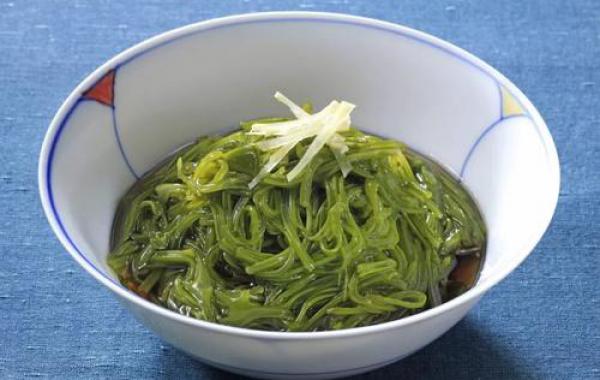How can pesticides prevent the emergence of maggots in edible fungi?

Pesticides how to prevent the emergence of edible fungi maggots.
Pesticides how to prevent the emergence of edible fungi maggots.
There are many maggots in the fruiting bodies and hyphae of various edible fungi such as Pleurotus ostreatus, Agaricus bisporus, Flammulina velutipes, etc., which endanger their growth. These maggots are collectively referred to as "maggots". There are 4 species more common, namely, Ru flies, gall flies, Ru flies, dung flies and so on. Their larvae, maggots, are morphologically similar to the naked eye, while adults differ only from flies and flies. Gall flies, Ru flies, dung flies are very similar in morphology and even life habits, so they are often mistaken for only one kind, all called "mushroom flies." Maggots mainly come from cow dung or pig manure, which flies crawl and lay eggs on during the collection and drying process in summer and autumn. When these materials are fermented, the eggs in them are not all killed, and they are brought into the room with the culture medium.
1. When there is no firstborn body in the female bed, spraying with 1000 times of trichlorfon can kill adults and larvae exposed to the surface of the soil. Spray every 2 days for 3-4 consecutive sprays.
2. Adults have phototaxis, can be used to trap black light.
3. When stacking culture materials, try to increase the temperature of the pile, and when turning the pile, turn the material while spraying. After rebuilding the pile, cover it tightly with plastic film and lift it after 2 days of fumigation, which can kill most of the insects and eggs in the pile.
4. Some soil pesticides, such as tobacco stems, tomato stems and leaves, eucalyptus leaves, neem leaves, Artemisia annua, castor leaves, etc., can be mixed into compost materials for stacking, which can kill larvae or reduce larvae.
5. Bacillus thuringiensis, Bacillus borers, Beauveria bassiana, etc., have a good effect on the control of young flies. Bacillus has strong pathogenicity to flies, killing larvae and pupae, but harmless to humans and animals. Livestock eat feed with Bacillus, feces also carry bacteria, fly larvae can not be born.
6. The culture material must be subjected to "secondary fermentation".
1. When there is no firstborn body in the female bed, spraying with 1000 times of trichlorfon can kill adults and larvae exposed to the soil surface. Spray every 2 days for 3 to 4 times.
2. Adults have phototaxis, can be used to trap black light.
3. When stacking culture materials, try to increase the temperature of the pile, and when turning the pile, turn the material while spraying. After rebuilding the pile, cover it tightly with plastic film and lift it after 2 days of fumigation, which can kill most of the insects and eggs in the pile.
4. Some soil pesticides, such as tobacco stems, tomato stems and leaves, eucalyptus leaves, neem leaves, Artemisia annua, castor leaves, etc., can be mixed into compost materials for stacking, which can kill larvae or reduce larvae.
5. Bacillus thuringiensis, Bacillus borers, Beauveria bassiana, etc., have a good effect on the control of young flies. Bacillus has strong pathogenicity to flies, killing larvae and pupae, but harmless to humans and animals. Livestock eat feed with Bacillus, feces also carry bacteria, fly larvae can not be born.
6. The culture medium must undergo "secondary fermentation."
Related
- Fuxing push coffee new agricultural production and marketing class: lack of small-scale processing plants
- Jujube rice field leisure farm deep ploughing Yilan for five years to create a space for organic food and play
- Nongyu Farm-A trial of organic papaya for brave women with advanced technology
- Four points for attention in the prevention and control of diseases and insect pests of edible fungi
- How to add nutrient solution to Edible Fungi
- Is there any good way to control edible fungus mites?
- Open Inoculation Technology of Edible Fungi
- Is there any clever way to use fertilizer for edible fungus in winter?
- What agents are used to kill the pathogens of edible fungi in the mushroom shed?
- Rapid drying of Edible Fungi



